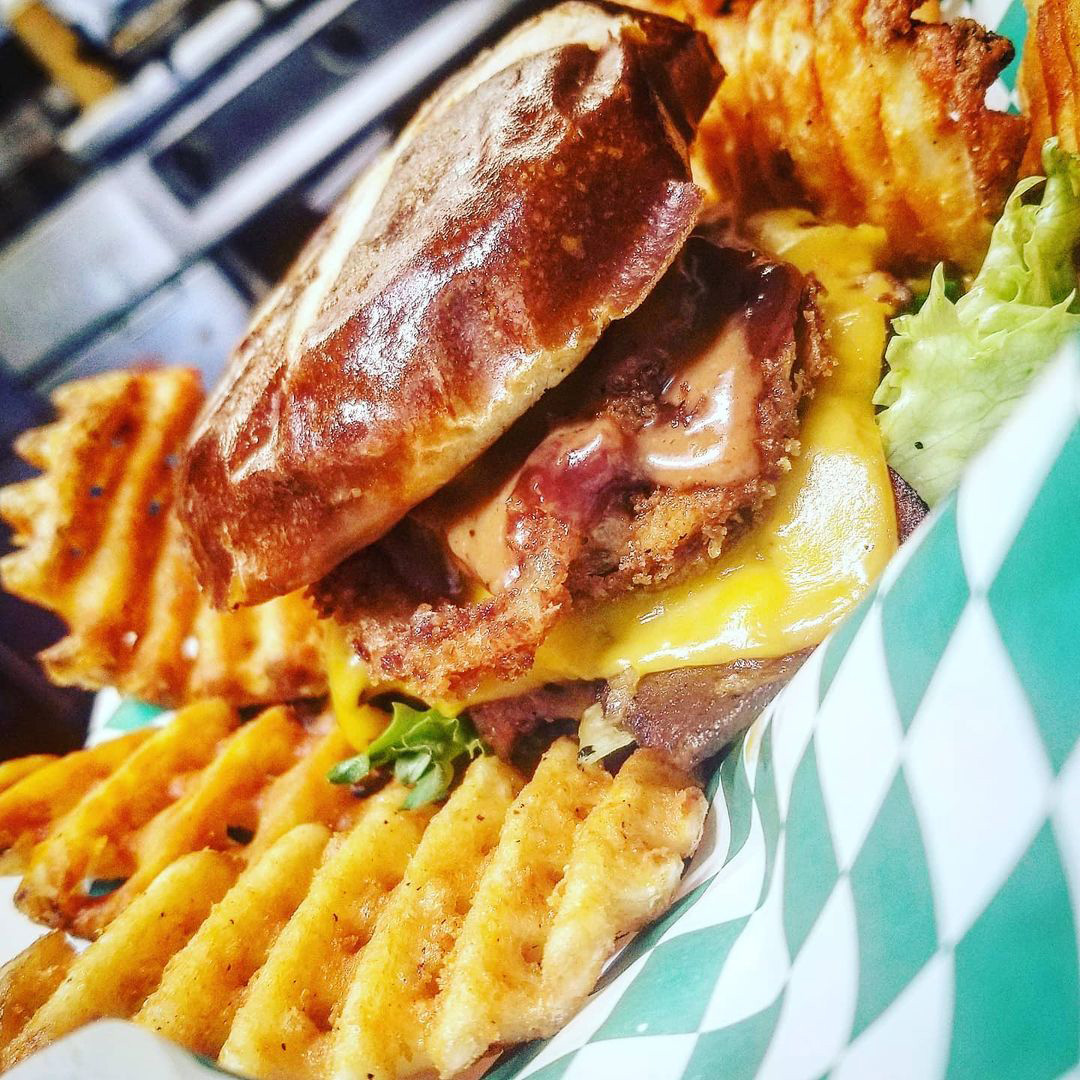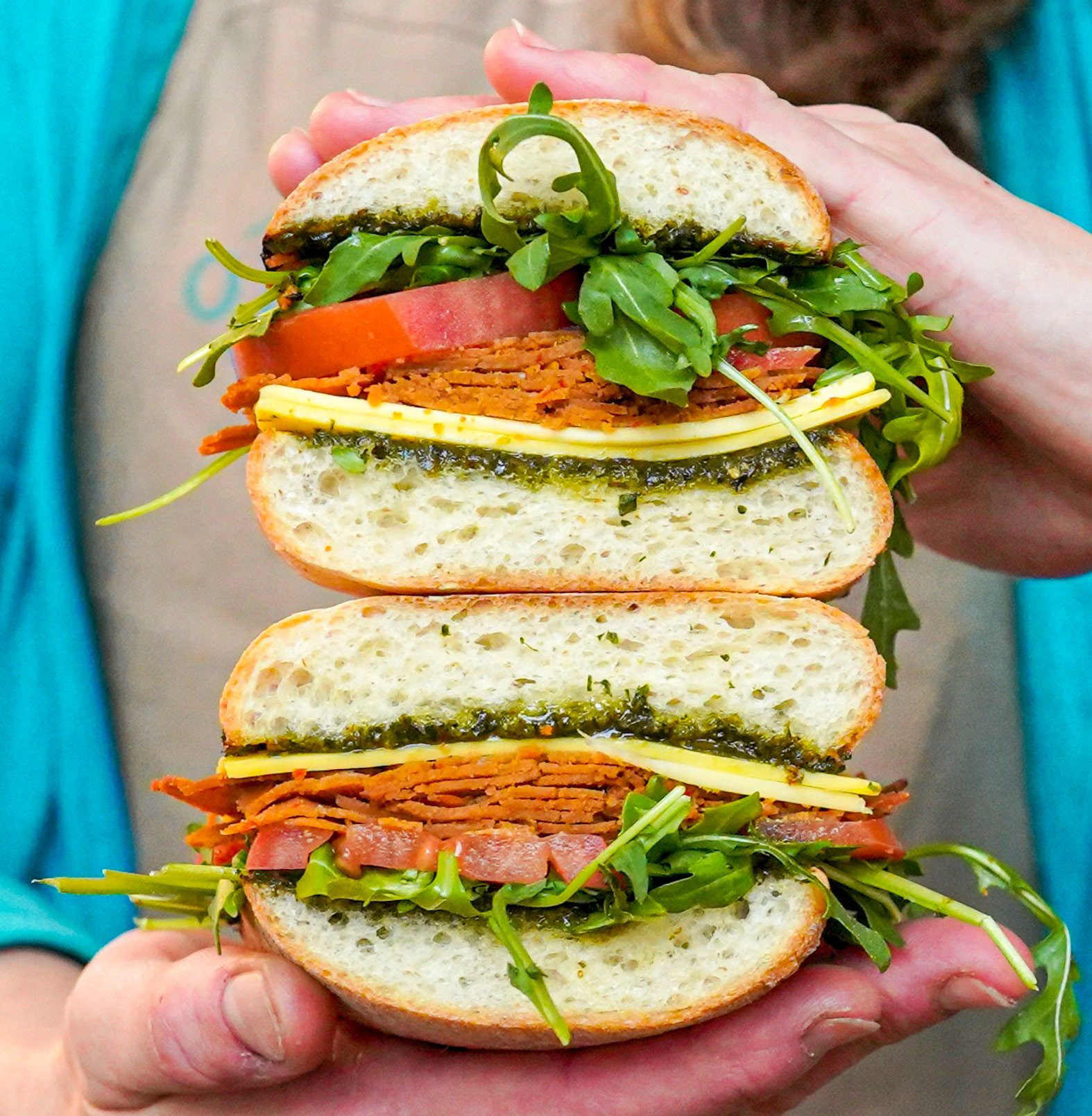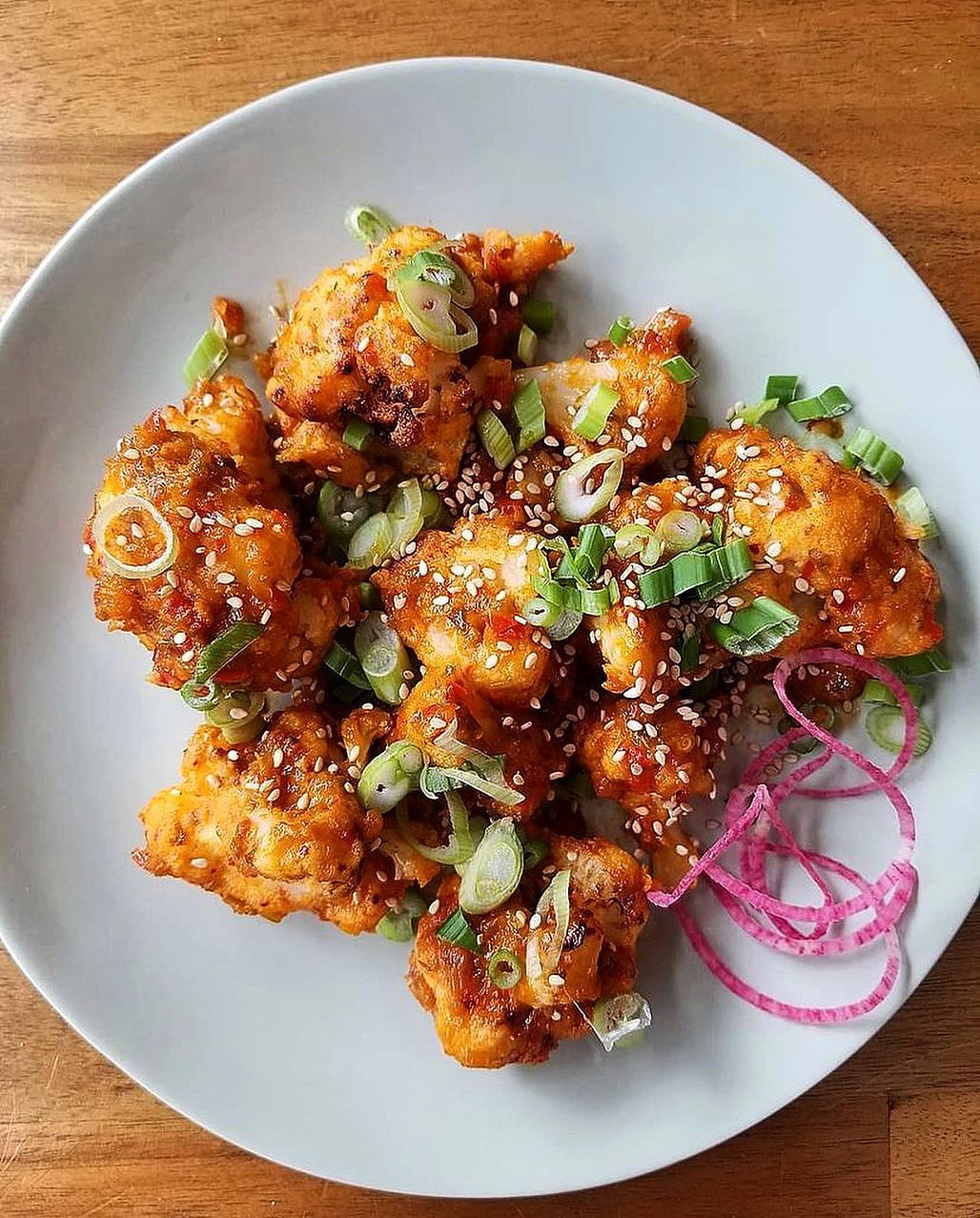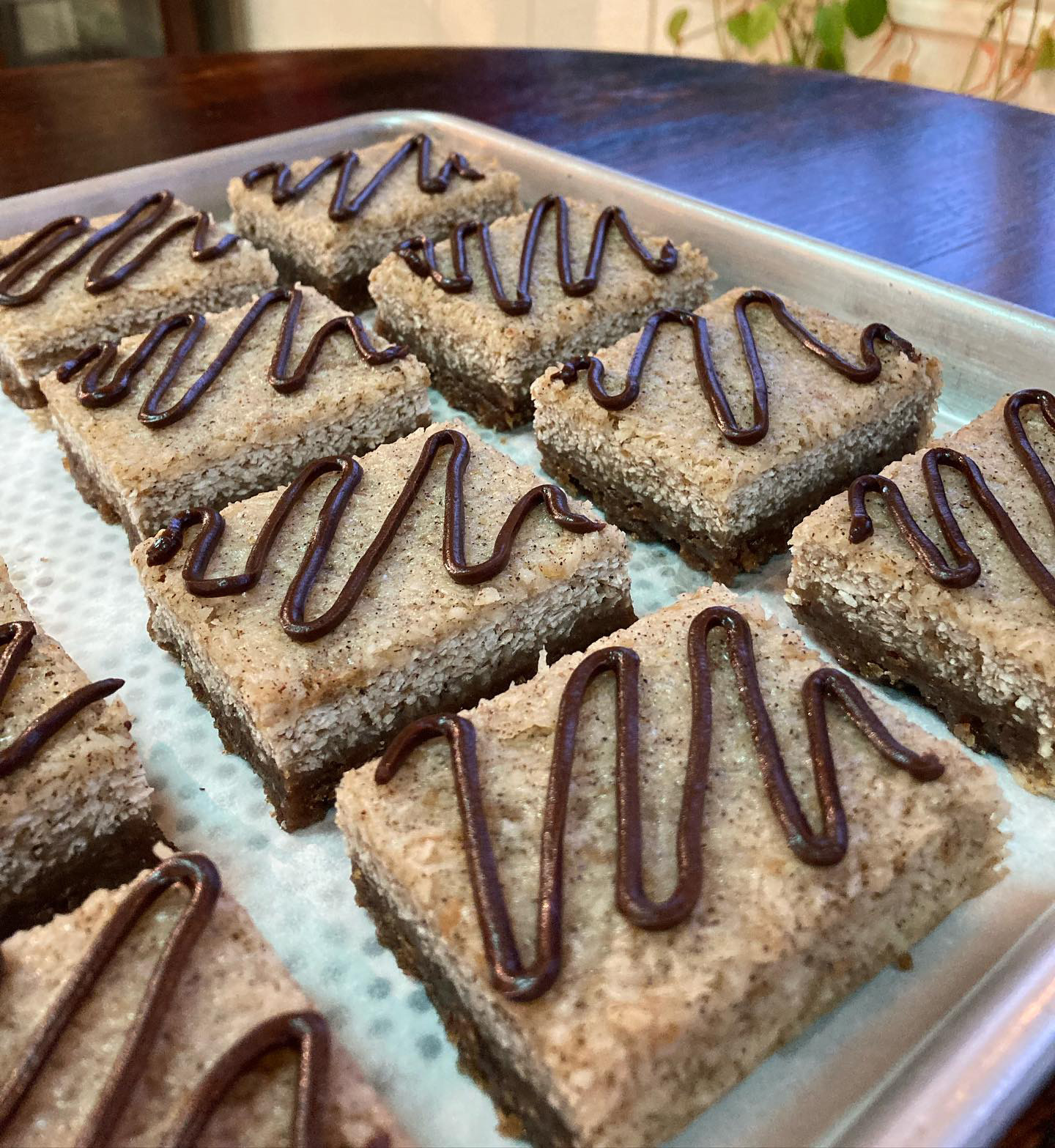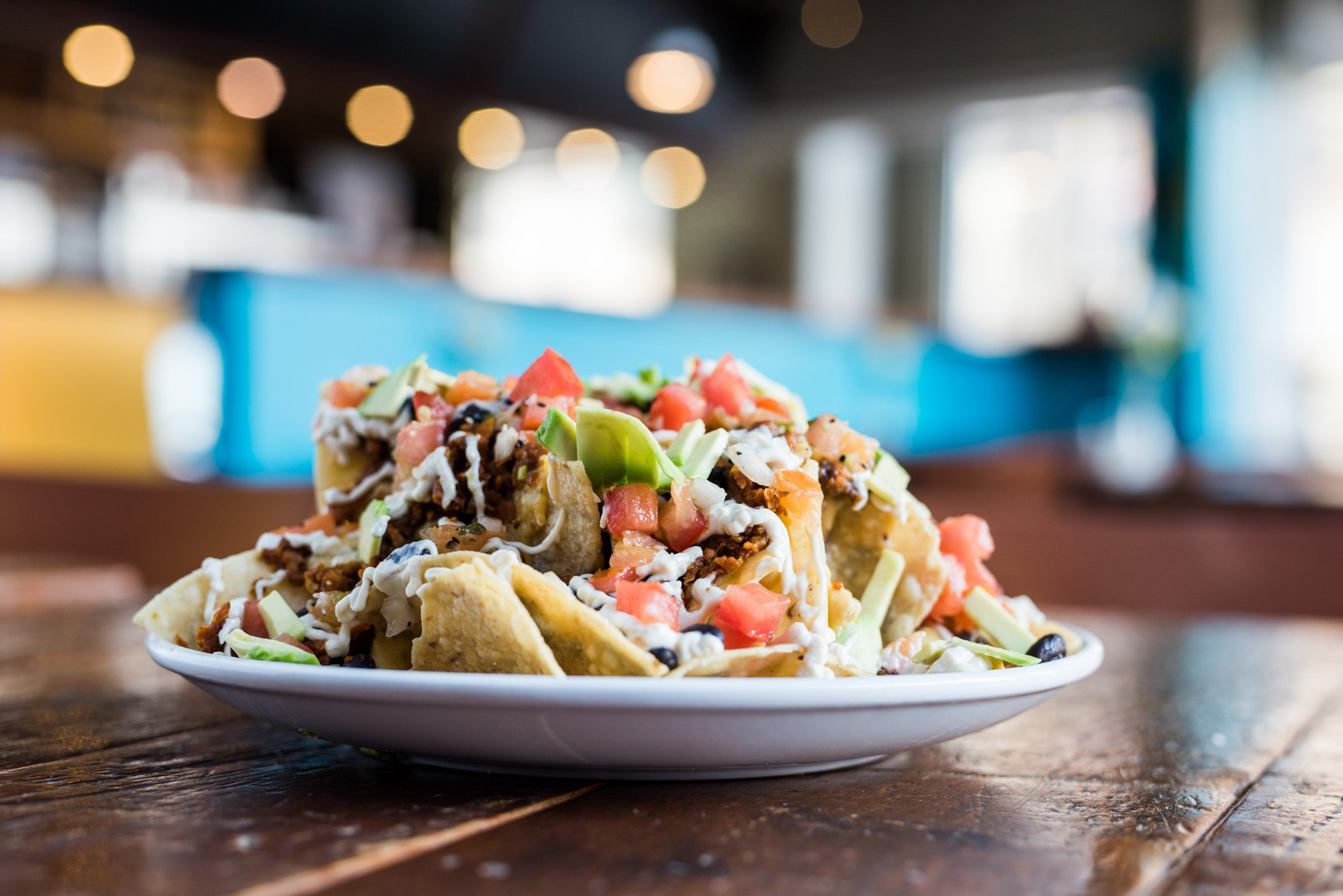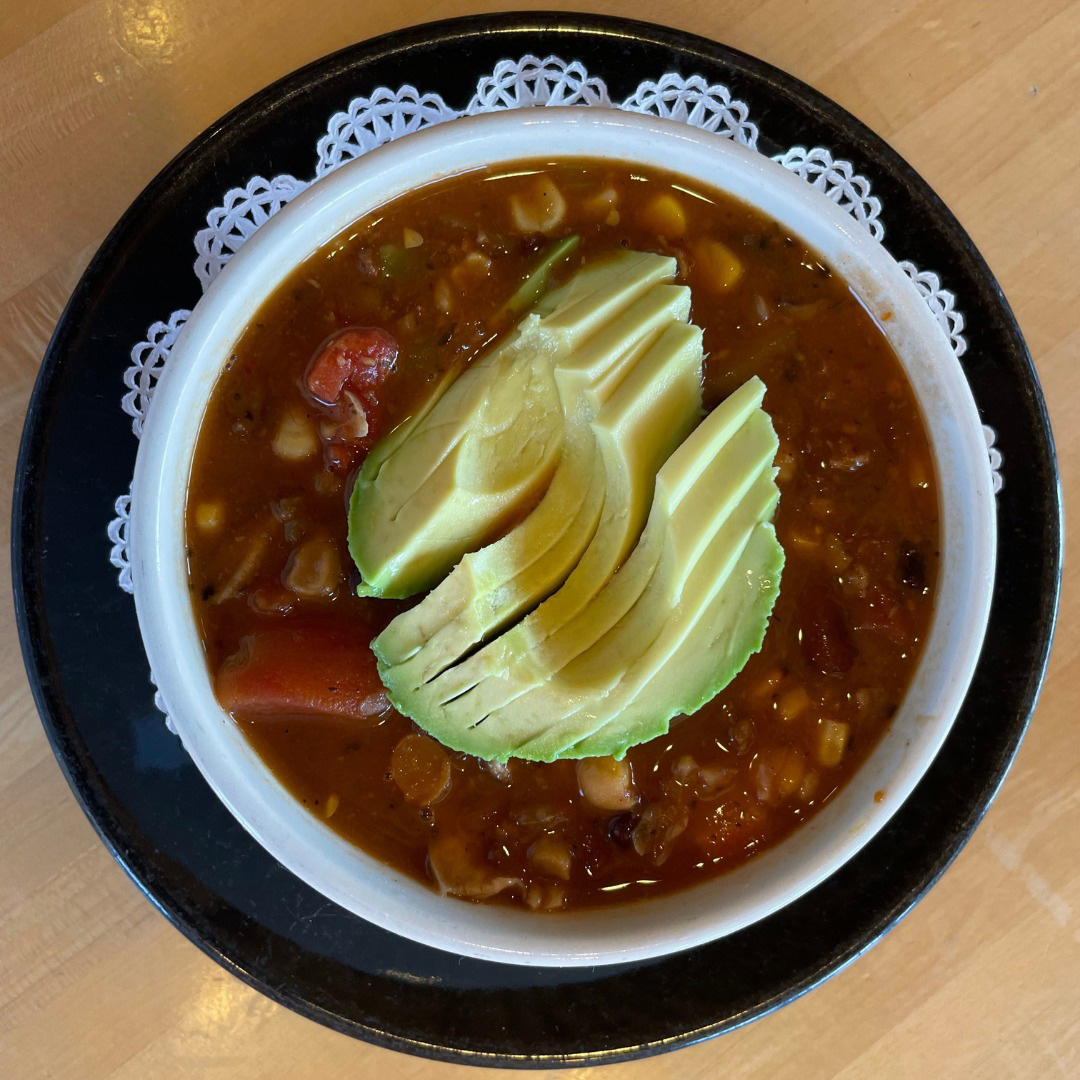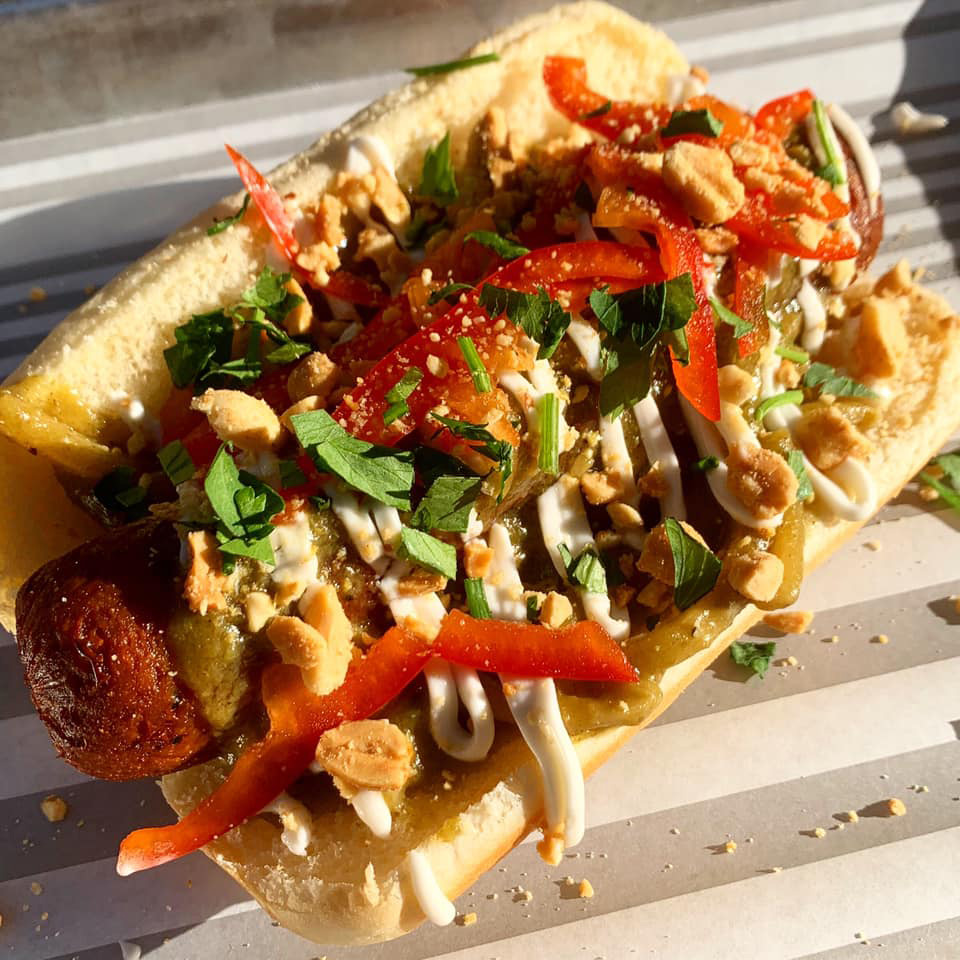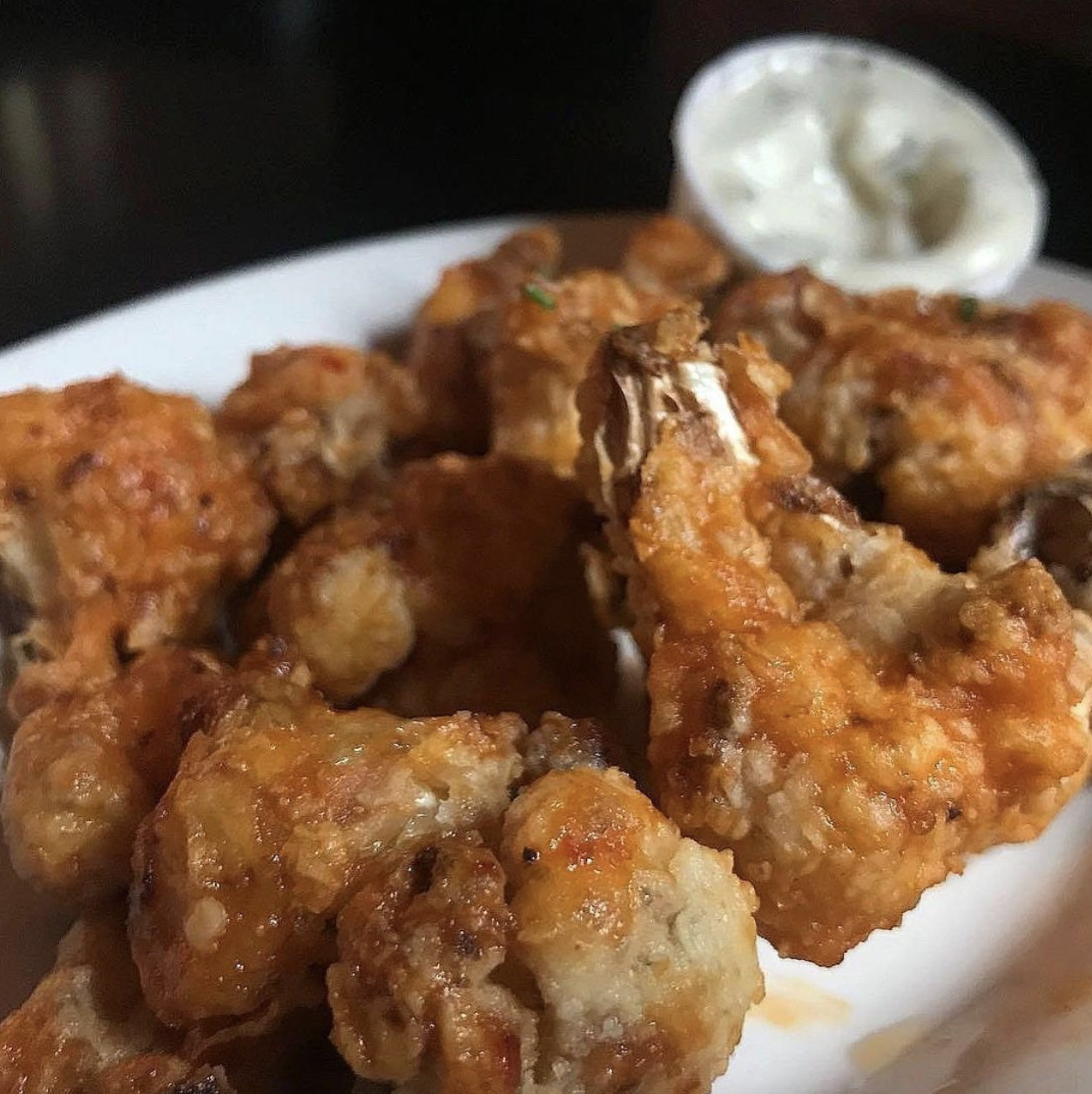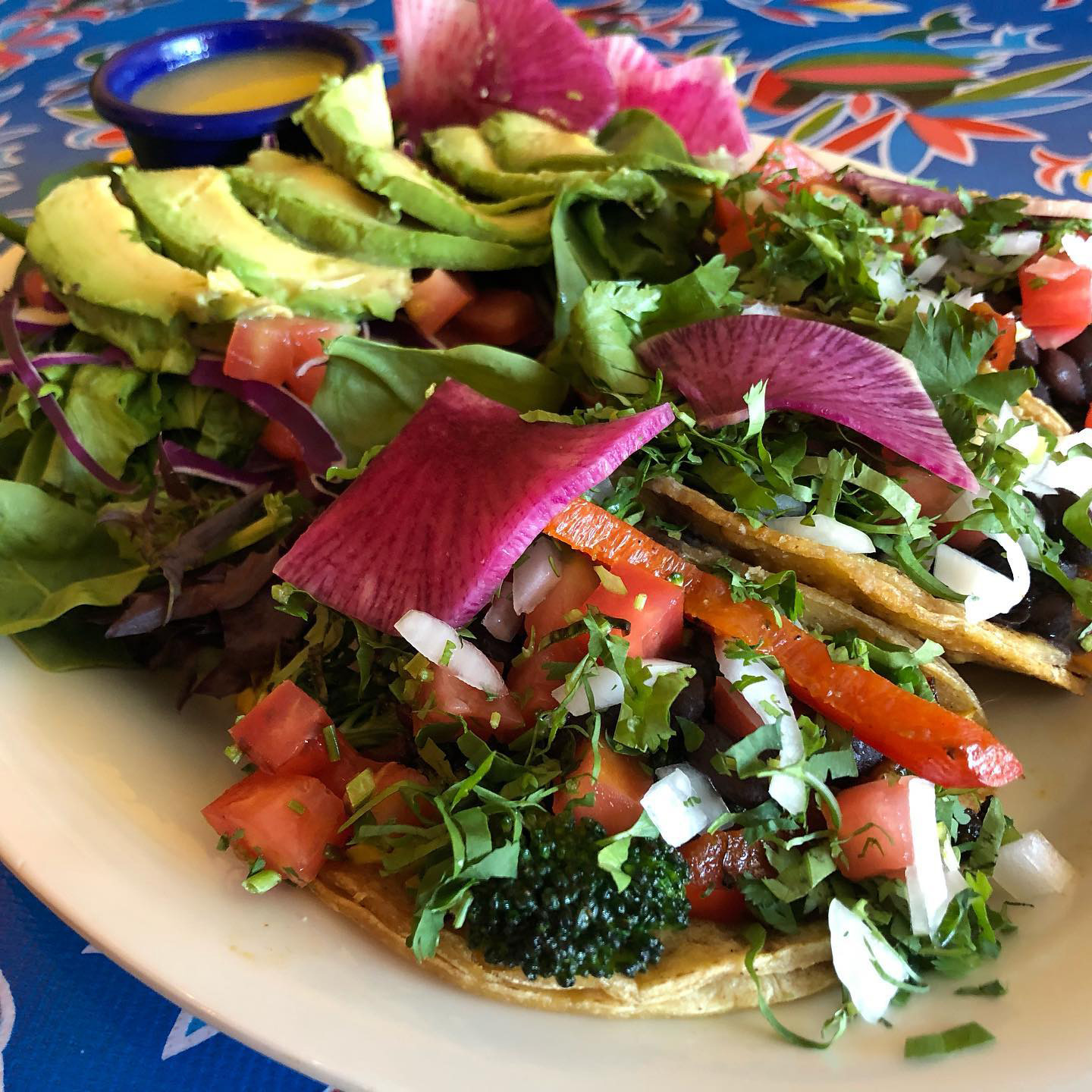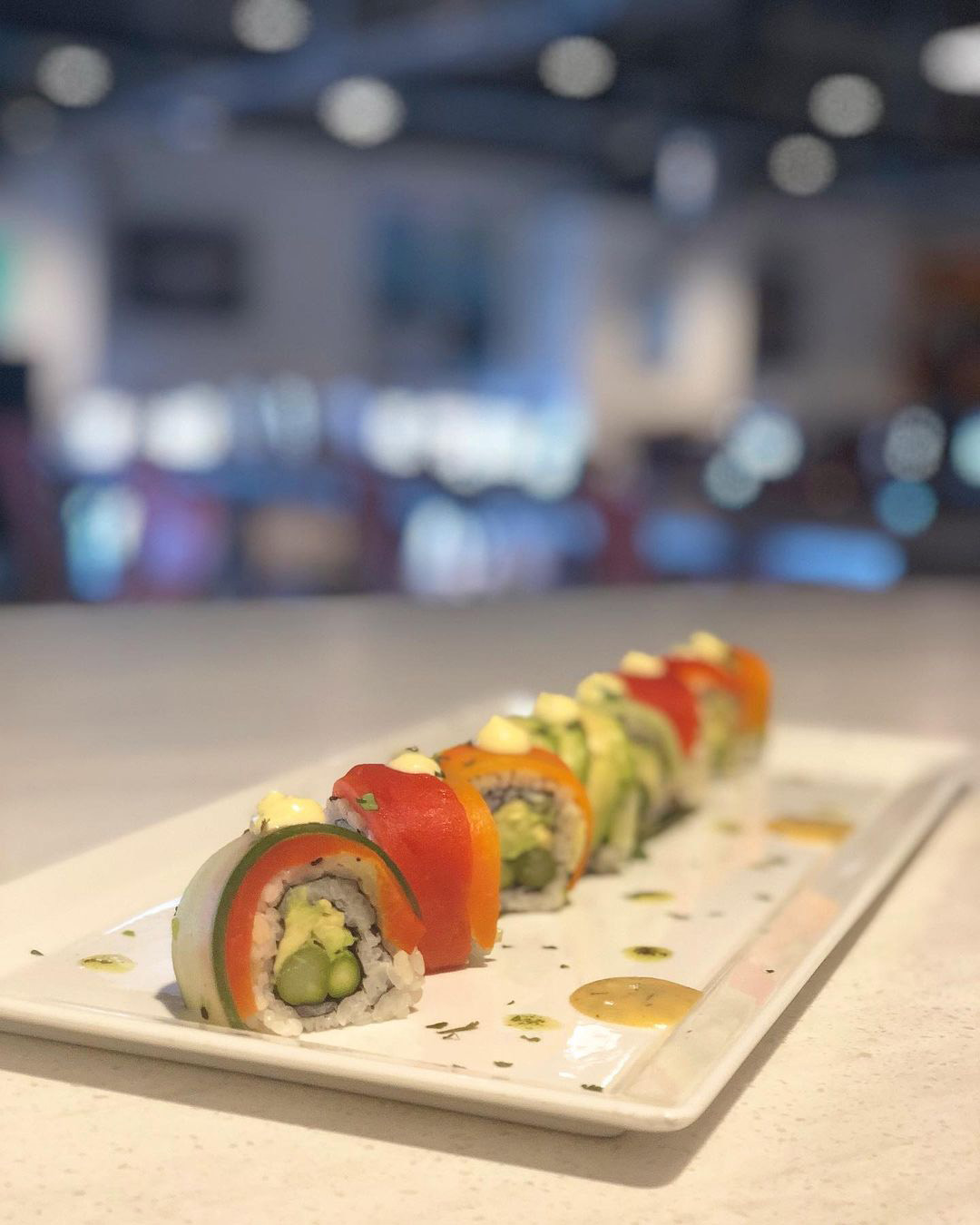We all know that weight management doesn't have a one size fits all solution, and that many popular diets may not take your unique challenges into account, including your age. It’s why experts are buzzing about a new category of diet advice entirely, and the Galveston diet, which has emerged as one of the trendiest diets we’ve seen in 2022.
This highly specialized diet is tailored towards perimenopausal and menopausal women looking to counteract the potential weight gain that can happen during this hormonally fluctuating time. This may feel like a niche diet or a concept that can’t help you if you’re not in this category, but according to Amy Fischer, MS, RD, CDN, a registered dietitian working within the Good Housekeeping Institute, it’s one we should pay attention to regardless.
It's among a group of solutions for women that are largely unknown to those searching for this exact solution, Fischer explains. "It's a diet to watch, but more importantly, it's part of a category that is definitely one to watch," she adds.
Editor's Note: You should clear any long-term changes to your diet with your primary healthcare provider beforehand. Since counting macros is a primary goal under the Galveston diet program, you may require a nutritionist’s guidance for proper maintenance.
A diet may not be the wellness solution you're ultimately searching for. Weight loss, health and body image are complex subjects — before deciding to go on a diet, we invite you to gain a broader perspective with our exploration into the hazards of diet culture.
What exactly is the Galveston Diet?
The Galveston diet was adapted by an OB/GYN, Mary Claire Haver, M.D., first to her patients in 2017, and then online in July 2018.
The diet is designed to not only help perimenopausal and menopausal women lose weight but also to help ease some of the other hormonal changes that happen during that time, including brain fog and hot flashes.
The program itself has three components:
- A focus on intermittent fasting with the 16:8 approach, where you spend 16 hours fasting and eight hours where you eat all of your meals.
- A focus on anti-inflammatory foods, and the diet cuts out all processed foods and added sugars. “That approach can help most anyone better manage their weight,” says Fischer. Green leafy vegetables, salmon and olive oil are common examples of foods that help reduce chronic inflammation, which can lead to an overactive immune system.
- A final piece known as Fuel Refocus, where they count macronutrients, which essentially means tracking your proteins, fat, and carbohydrates with a recommended ratio for eliminating fat. It is a diet focused on higher fats and proteins and a lower net carb ratio. It is not the keto diet (the goal is not ketosis), but it does focus on limiting the intake of carbohydrates.
They recommend using a tracker, like cronometer, to help you calculate a macro ratio that’s best suited for you. Unlike other diets in the category, though, there is no calorie counting or restriction recommended.
Lower net carbs generally come from foods that are higher in fiber content. “For instance, if a bread has 20g of total carbohydrate but there are 7g of fiber, the 'net carb' is 13 grams,” says Ellen Liskov, R.D., a nutritionist at Yale New Haven Hospital.
Higher fiber foods can often be more satisfying, or filling and will often naturally cause people to eat less.
This content is imported from Instagram. You may be able to find the same content in another format, or you may be able to find more information, at their web site.
There is a fee for the program that gives you lifetime access to the self-paced course at $59. The gold level ($99) adds in a recipe guide and mini-move fitness course, while the platinum membership ($227) gives you all the benefits of the gold membership plus a one-month group bootcamp with a certified Galveston diet coach. The site itself does offer some free recipes, meal planning tips and meal prep ideas.
The program also sells fiber supplements, as well as omega-3, Vitamin D and collagen to supplement the diet. Liskov, however, encourages most people to get their nutrients and vitamins from food when possible.
“We tend to think of nutrients so much – and take out the pleasure and nourishment of food,” says Liskov, “I don’t necessarily think supplements are a bad thing — but if you can get it from food, that is better.”
What can you eat on the Galveston Diet?
The Galveston diet focuses on anti-inflammatory foods. Chronic inflammation can often be an underlying part of many diseases. Things like fruits and vegetables, legumes, lean proteins and complex carbohydrates are all encouraged on the program. It’s just as important to eliminate those inflammatory foods like processed meats and refined flours.
The program is focused on eating more proteins and higher healthy fats (and in turn fewer carbs), but is not aiming for true ketosis like the Keto diet. It does offer room for some luxuries, including a small pour of daily half and half, cheese and grass-fed beef.
The Galveston Diet encourages meal prep to set yourself up with healthy foods when you need them, a popular tactic for various diets.
And drinking lots of water is also encouraged, with a recommendation of 10-12 glasses per day. Constant dehydration can often intensify some of the menopausal symptoms like hot flashes and night sweats.
What you can eat on the Galveston Diet:
- Healthy Fats: Olive oil, avocados, nuts, and flax seeds
- Lean Proteins: Salmon, chicken, eggs, and other better-for-you picks
- In-season Fruit: Berries of all categories, organic picks from the farmer's market
- Reduced-fat Dairy: Greek yogurt and inherent cheeses including cottage cheese
- Vegetables: Everything from leafy greens to eggplants, squash and more
- Legumes: All staples under this category is fair game
What you can't eat on the Galveston Diet:
- Nearly all processed and fried foods, including those made at home
- Processed meats, including those containing nitrates and nitrites.
- Artificial ingredients, food coloring, or flavoring
- Foods with significant added sugar or high fructose corn syrup
- Refined flour or grains
- Processed oils (namely canola, vegetable)
Can you drink wine on the Galveston Diet?
It’s not entirely stripped away, but alcohol isn’t recommended to those who are hoping for the best results while following the Galveston program. In a blog post shared by Galveston officials, Dr. Haver detailed their clear approach; “Ensure no more than 2 beverages are consumed per day, and that consumption ends at least one hour before you go to bed.”
Unsurprisingly, program officials indicated that red wine is the best choice of an alcoholic drink while attempting their program. Often associated with Mediterranean-style diets, red wine has long enjoyed a better-for-you health halo due to limited research on its ability to mitigate heart-disease risk and inflammation-fighting polyphenols. Enjoyed in moderation, red wine can be a steady feature on any Galveston diet meal plan.
In a separate post, its mentioned if you are going to have alcohol, that red wine is the best choice for you holistically.
“Remember that [during] weight loss, alcohol is a luxury calorie,” Liskov says. “It’s recommended that women have no more than a 5oz-pour per glass.”
Can you have dairy on the Galveston Diet?
Dairy is allowed on the Galveston diet, but it’s recommended to be consumed in small amounts. Half and half, certain cheeses and full-fat Greek yogurt are all allowed. Essentially, dairy products that haven’t been processed or filled with sugar, including some yogurts and ice creams.
The inclusion of dairy in the program is why participants track their Macros specifically — to be able to enjoy rich staples like cheese and half and half, all while keeping an eye on the carbohydrates that are tacking up over time. Better-for-you dairy sources like cottage cheese can add a supercharged punch of protein in addition to the carbohydrates it contains; up to 20g of protein in just half a cup. You’ll see staples like these on the Galveston diet’s meal plan pages.
Is the Galveston diet actually healthy for you?
While it’s best to discuss this particular diet with your healthcare provider — especially if you take certain medications or have pre-existing health conditions, namely diabetes or blood-sugar issues — the low-carb approach is considered safe for most women.
Based on the public-facing information our experts have reviewed, it appears that this diet is safe for most people. There seems to be very limited data, however, around the success of this diet's ability to impact menopausal symptoms.
"More interest is being placed on women directly, with a spotlight on their hormonal changes, which can fluctuate widely and occur 10 to 15 years prior to menopause,” Fischer adds. But she points out that there isn't quantifiable research on the Galveston Diet's effectiveness yet — nor on the category of hormonal-based dietary treatments as a whole.
This content is imported from YouTube. You may be able to find the same content in another format, or you may be able to find more information, at their web site.
"The diet focuses on incorporating anti-inflammatory whole foods, fiber, healthy fats, legumes, lean proteins and whole grains while minimizing added sugar and processed foods. [These are] all things we know to be a recipe for improving overall health and may help with weight management if desired," Fischer says.
Though she has yet to review all of the diet’s proprietary details, Liskov, too, sees potential, with many patients successful following an intermittent fasting diet.
The difficulty with scientific claims that intermittent fasting works is that the definition of intermittent fasting varies from study to study, because the length of time isn’t uniform — often, it’s a 16:8 format like the one used in the Galveston diet, as opposed to 5:2 fasting. The variance in length can make research more difficult to interpret holistically.
Like Fischer, Liskov is attracted to the category that the Galveston diet falls into — and the fact that it heavily borrows the best aspects of a multitude of popular diet options today. Since people often get motivated by a new approach to the same concept, Liskov feels strongly that the nutritional approach in the Galveston diet may appeal to women searching for a new solution.
“Lots of weight loss change is a mindset and you need to buy into something you believe in,” says Liskov. “Enthusiasm often leads to better results.”
This content is created and maintained by a third party, and imported onto this page to help users provide their email addresses. You may be able to find more information about this and similar content at piano.io
Galveston Diet: What It Is, What You Can Eat and Pros and Cons - GoodHousekeeping.com
Read More

